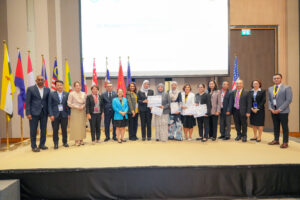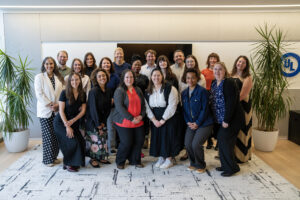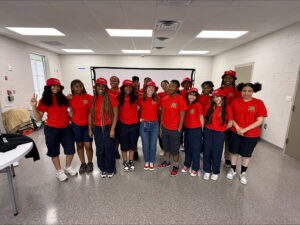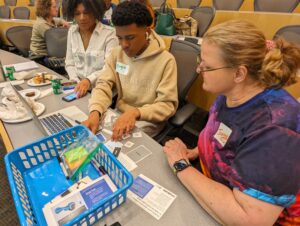Toolkit to Help Interior Designers Specifying Furniture to Reduce Flame Retardant Exposure

Guidance will also help interior designers select furniture with greater flammability protection through use of fire barriers
ATLANTA – April 28, 2021 – Today, Chemical Insights, an institute of Underwriters Laboratories, in conjunction with the Sustainable Furnishings Council, released a toolkit designed to help interior designers specify and select residential upholstered furniture that reduces exposure to flame retardant chemicals. The toolkit, based on the recently released UL 118F Guidance Document, is a set of actionable guidelines that follows years of Chemical Insights’ research into human exposure to flame retardant chemicals as well as processes for reducing furniture flammability and residential fire hazards.
As a result of the greater use of synthetic materials and open-floor plans, residential fires in the United States burn faster than ever. According to Underwriters Laboratories research, residents, who once had 17 minutes to evacuate burning homes 30 years ago, now only have three minutes to get to safety.
Residential upholstered furniture contributes to the intensity of these fires, leading to the addition of flame retardant chemicals in furniture. However, many flame retardants used in residential upholstered furniture have been found by researchers to be carcinogenic or associated with adverse human developmental effects like thyroid disruption, delayed mental and physical development, obesity, advanced puberty, reduced fertility and decreased lung function.
Chemical Insights’ new toolkit covers the role of residential upholstered furniture in fires, health concerns with flame retardants, risk assessment procedures, understanding flammability standards, and the benefits of using a fire barrier, a protective layer designed to prevent or delay ignition of cushioning material.

“The use of a fire barrier in furniture simultaneously eliminates the need for flame retardants while providing greater flammability protection for furniture,” noted Dr. Marilyn Black, Vice President and Senior Technical Advisor with Chemical Insights.
To develop the toolkit, Chemical Insights led research, discussions, and reviews in collaboration with an expert volunteer group, known as the Furniture Flammability and Human Health Taskforce, consisting of public health advocates, environmentalists, designers, fire experts, chemical and furniture material suppliers, and chemical exposure experts. The taskforce helped outline actionable steps that can be used to design and specify residential upholstered furniture with both reduced chemical exposure risks and flammability hazards.

“We are prioritizing furniture flammability education and awareness among interior designers, as they play a key role in specifying and choosing residential upholstered furniture for consumers,” said Dr. Black. “Through a greater understanding of fire and chemical safety considerations involving residential upholstered furniture, interior designers can address their clients’ sustainability, health, safety and welfare goals when designing a space and help protect indoor environments, and consumers, long-term.”
Chemical Insights remains dedicated to researching and informing the public about the presence and effects of residential fires and the use of flame retardants in upholstered furniture and other consumer products. To learn more, please visit www.chemicalinsights.org/FFHH
About Chemical Insights
As an institute of Underwriters Laboratories, we deliver the scientific insight policymakers, healthcare providers, business leaders and consumers depend on to make informed environmental health decisions. Combining the best minds, rigorous scientific research and a commitment for thorough and accurate results, Chemical Insights is improving the health of people and the planet.
Our work lets people around the world know what chemicals are in the air we breathe, the water we drink, and the products we interact with every day. Our research and initiatives gives them the knowledge of exactly what those chemicals are, how they may affect human health, and how to manage their impact.
Our leadership role is to provide science or knowledge to implement improved practices, alternative product design, and changes that enable safer products and healthier environments.
To learn more, please visit chemicalinsights.org.
About Underwriters Laboratories
Underwriters Laboratories is a nonprofit organization dedicated to advancing the UL public safety mission through the discovery and application of scientific knowledge. We conduct rigorous independent research and analyze safety data, convene experts worldwide to address risks, share knowledge through safety education and public outreach initiatives, and develop standards to guide safe commercialization of evolving technologies. We foster communities of safety, from grassroots initiatives for neighborhoods to summits of world leaders. Our organization employs collaborative and scientific approaches with partners and stakeholders to drive innovation and progress toward improving safety, security, and sustainability, ultimately enhancing societal well-being. To learn more, visit UL.org.









